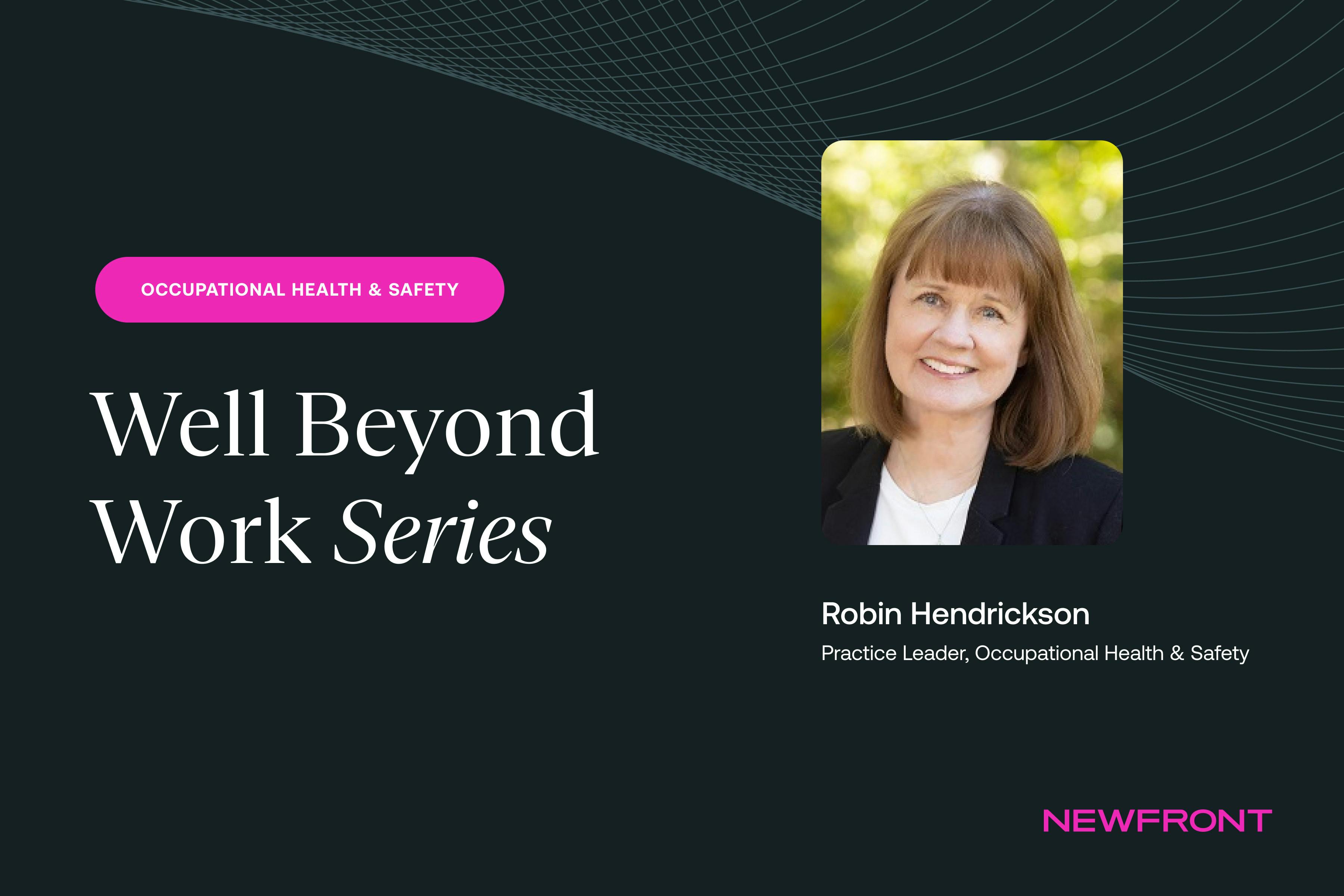Well Beyond Work: A Holistic Approach to Chronic Pain
By Joyce Avalo | Published May 4, 2022

As pain specialists know all too well, management of chronic pain is complicated. And despite the best tests, procedures and medications that modern medicine has to offer, chronic pain is still a major cause of disability. Chronic pain impacts a staggering 50 million U.S. adults, according to the Centers for Disease Control. It has been linked to increased risk of major mental conditions including depression, anxiety, and post-traumatic stress disorder. Science understands a body in chronic pain continually sends stress signals to the brain, leading to a heightened perception of not only the pain itself but also the perceived level of threat. It’s a vicious cycle that’s hard to break or control. When a person is diagnosed with pain, the first line of treatment is typically pain medication. But while these medications may work for some people, in others, the side effects – ranging from nausea to heart complications, may outweigh the relief.
Can a holistic approach improve the quality of life for individuals with chronic pain, or perhaps heal the person completely? The word “holistic” means encompassing the whole of something. So, to take a holistic approach to medicine means to treat the whole person – body, mind, spirit, and emotions – in the quest for optimal health and wellness. Addressing the whole person in mind-body-spirit can bring out the healthiest, happiest version of ourselves by gaining proper balance in life. Essentially, it means that thoughts and feelings can positively or negatively affect our physical health. Most of the medical advice we receive is focused on the body – eat right, exercise, and get enough sleep. But even if you do all these things right – stress, anxiety, and depression can still have negative effects on your health. It also works the other way around – a poor physical state can have negative effects on your mental health, too.
Holistic medicine is based on the belief that unconditional love and support would heal all illnesses and injuries. It also emphasizes that the person is ultimately responsible for their health and wellbeing. Other principles of holistic medicine include the following:
All people have innate healing power.
A patient is a person, not a disease.
Treatment aims at fixing the cause of the condition and not just reducing symptoms.
Holistic practitioners work in close association with the patient to understand them better.
Holistic management includes recommendations for lifestyle, self-care, and should work with traditional research-backed treatment methods, not against them or in place of them.
Holistic care is a philosophy that encompasses a variety of treatment techniques. In addition to modern pharmaceutical treatments, a holistic doctor may recommend complementary and alternative treatments depending on the individual patient’s needs, such as:
Exercise
Yoga
Chiropractic
Acupuncture
Massage therapy
Stress-reduction techniques like mindfulness and meditation training
Vitamins or herbal supplements
Nutrition counseling
Whatever therapy you choose, it’s vital to remember that there is no one-size-fits-all approach to pain management. Because they are less invasive and come with fewer risks, complementary and alternative therapy options can be a good place to start. Improving your health holistically is a gradual process, not an overnight change. Keep an open mind and talk with your provider about the different options available to you. Meeting with a holistic practitioner once a year can help you stay on track and continue to make better choices for your well-being.
For more information on OH&S best practices, reach out to Joyce Avalo at joyce.avalo@newfront.com.

Joyce Avalo
Senior Occupational Health & Safety Analyst
As Newfront's Senior Occupational Health & Safety Analyst, Joyce provides data analysis, creates loss trend reports, and develops experience modification projections to monitor the safety ratings of our clients.


